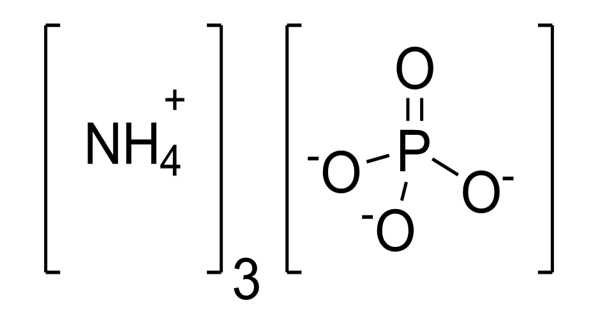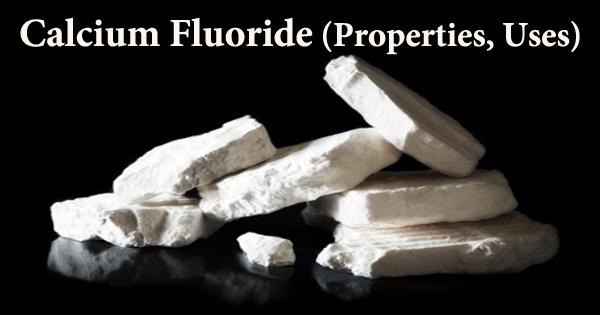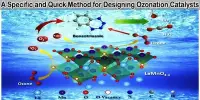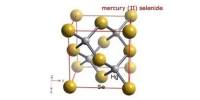Calcium diglutamate, sometimes abbreviated CDG and also called calcium biglutamate, is a compound with formula Ca(C5H8NO4)2. It is a calcium acid salt of glutamic acid and it is often used as a flavor enhancer in foods, similar to monosodium glutamate (MSG).
CDG is a flavor enhancer (E number E623)—it is the calcium analog of monosodium glutamate (MSG). Because the glutamate is the actual flavor-enhancer, CDG has the same flavor-enhancing properties as MSG but without the increased sodium content. Notably, only the L isomer is used in flavouring as D-glutamate does not have an umami/savoury flavour. As a soluble source of calcium ions, this chemical is also used as a first-aid treatment for exposure to hydrofluoric acid.
Properties
- Chemical formula: C10H16CaN2O8
- Molar mass: 332.322 g·mol−1
- Appearance: White crystalline powder
- Solubility in water: Soluble
- Taste: Umami (similar to MSG)
- Stability: Stable under normal conditions
- pH: Neutral to slightly basic in solution
- Odor: Odorless
Uses
- Food Industry: Used as a flavor enhancer (E number: E623). Common in low-sodium processed foods (soups, snacks, seasonings).
- Dietary Supplement: Sometimes used as a source of calcium and glutamate.
- Pharmaceuticals: May be used in formulations requiring a calcium salt with umami-enhancing properties.
Natural Occurrence
- Calcium diglutamate does not naturally occur in significant amounts in nature. However:
- Glutamic acid, its base amino acid, is naturally abundant in:
- Protein-rich foods: meats, cheeses, soy products.
- Seaweed (especially kombu, traditionally used in Japanese cuisine for its umami flavor).
Calcium diglutamate is synthesized for commercial purposes, often from fermented plant starches (e.g., corn or sugar beets), similar to the production of MSG.
Safety
- Considered generally recognized as safe (GRAS) when used in appropriate amounts in food.
- However, sensitive individuals may still experience mild symptoms (e.g., headaches, flushing), although the scientific evidence for “MSG symptom complex” is limited.
















